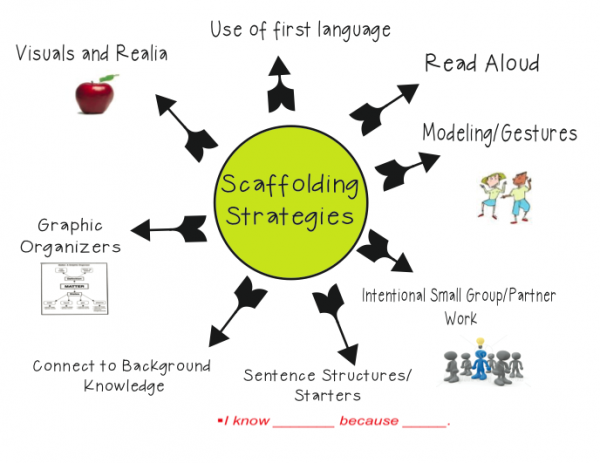This week, we will discuss the essential question: What is a plan and who are our learners?
Some of the key questions that we will address include the following:
1. How do we plan for instruction?
Planning for instruction is best when the end is in mind. Lesson plans should always begin with the objectives in mind. If you begin lesson planning by scheduling fun activities without an objective in mind, you will be focusing more on the art side of teaching rather than the science side of teaching. Every teachers must first begin with the science side/technical side in order to get to the creative/artsy side. Without objectives, our lessons would not make sense and our learners would be confused.
While planning lessons, you should also include checks for understanding. If you are not clarifying your instructions and checking for understanding, you may not know if your learners are truly 'getting' what you are teaching. By utilizing checks for understanding, you are able to adapt and change your lesson to tailor to your learners needs.
2. What are the similarities between Significant Learning; Understanding by Design and the Universal Design for Learning?
The Universal Design for learning address the how, what, and why for unique learners. The UDL helps to address each type of learner since the way that we learn is as unique as our fingerprints.
Understanding by Design is a backwards design process for curriculum planning. This framework begins with the understanding and content, followed by the assessment and finally by being taught in the final stage.
Significant Learning learning comes from deep reflection.
Both universal design for learning and understanding by design are closely related and are used to promote significant learning.
3. How will you incorporate the three pillars of Universal Design for Learning: multiple means of representation, multiple means of action and expression, and multiple means of engagement?
By incorporating multiple examples of engagement, representation, action, and expression, we are opening up to a broader range of audience while breaking barriers.
4. What is Scaffolding?
In education scaffolding refers to a process in which teachers model or demonstrate how to a problem and then step back, offering support as needed. Scaffolding could be seen as a teacher providing step by step instructions and gradually enhancing the level of individual work over time.




Kayla, for me, I love the entire idea of scaffolding. I think if implemented correctly it is so extremely beneficial to students! How will you work to implement this in your future classes?
ReplyDeleteBrooke, I believe that scaffolding could be utilized in my future classes by first introducing a topic such as the components of the ruminant digestive system, followed by having student partner up to list the parts of the ruminant digestive system and finally by having students create their own ruminant digestive system.
DeleteKayla, I like how you structured this blog post around key questions and supported each with a visual. To help make the experience more reflective, try to connect what you are reading to the ag classroom. You do a good job understanding the material, but making the connection to ag will help promote even deeper reflection and better critical thinking.
ReplyDeleteKayla, I'm glad to see your understanding of these key educational theories. Remember using a mixture of all of these while actually teaching is important. Though difficult, no one strategy/style works for every student. By designing/building educational scenarios as diverse as possible increases the likelihood of all students mastering the content. Keep up the great work!
ReplyDeleteHi Kayla, I really enjoyed reading your key take-aways from the readings. I especially enjoyed your attention to the three pillars.
ReplyDeleteKayla, I think your takeaways were great and this will really help with effective teaching!
ReplyDelete